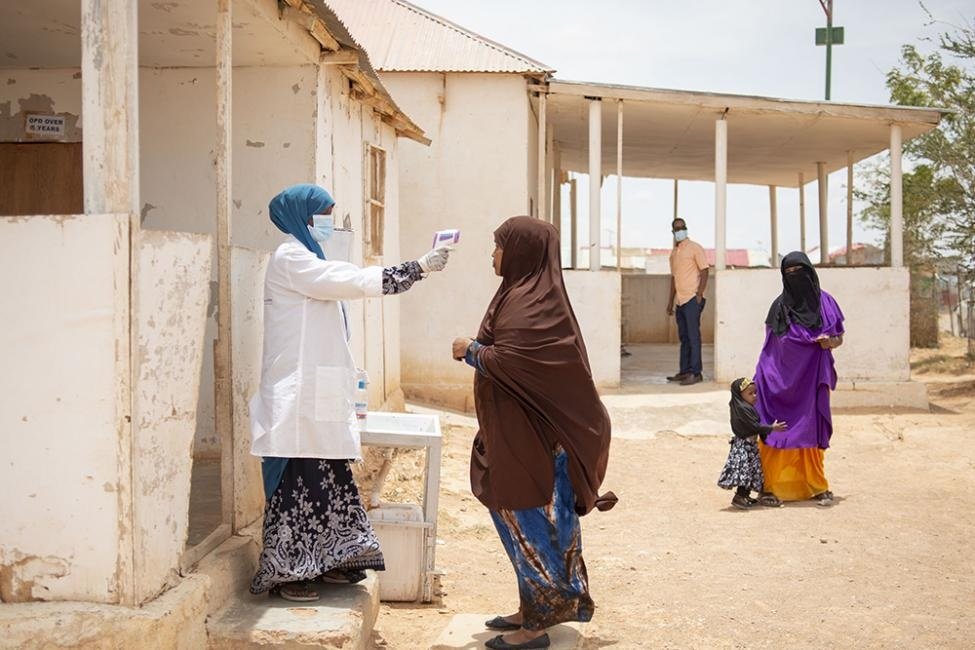Access to quality healthcare is a fundamental right for individuals in any society. Unfortunately, in Somalia, a country plagued by political instability, conflict, and poverty, healthcare challenges pose significant hurdles for its people. In this article, we will delve into the pressing issues that impede the access and quality of healthcare services in Somalia, shedding light on the obstacles faced by both the citizens and the healthcare system.
Lack of Infrastructure and Resources:
One of the primary healthcare challenges in Somalia stems from the scarcity of appropriate infrastructure and resources. Decades of conflict and political instability have severely damaged or destroyed medical facilities, leaving the country with a fragmented healthcare system. Many healthcare centers lack essential medical equipment, medicines, proper sanitation facilities, and trained healthcare professionals, making it difficult to provide adequate care to the population.
Geographical Barriers:
The country’s vast terrain and inadequate transportation infrastructure contribute to the limited access to healthcare services, particularly in remote and rural areas. The absence of well-maintained roads and accessible transportation options make it challenging for patients to reach healthcare facilities in a timely manner. This geographical barrier exacerbates the healthcare disparities, leaving communities in underserved regions at a higher risk of illnesses and preventable deaths.
Humanitarian Crises and Displacements:
Somalia has been through numerous humanitarian crises, including drought, famine, and forced displacements. These crises further add strain to an already fragile healthcare system. The influx of displaced persons puts an enormous burden on the limited healthcare resources, stretching them beyond capacity. It becomes challenging to provide adequate care not only for the displaced population but also for the local communities, resulting in compromised healthcare quality for all.
Financial Constraints:
A lack of financial resources is a significant impediment to improving healthcare access and quality in Somalia. The country’s fragile economy, coupled with high levels of poverty, limits the government’s ability to invest adequately in healthcare infrastructure, health education, and training healthcare professionals. In addition, healthcare services in the private sector are often prohibitively expensive, leaving the majority of the population reliant on underfunded public healthcare facilities.
Brain Drain:
The issue of healthcare professionals leaving the country to seek better opportunities abroad, often referred to as “brain drain,” further hampers the quality of healthcare in Somalia. The scarcity of job opportunities, low wages, inadequate working conditions, and security concerns compel many skilled doctors, nurses, and other healthcare professionals to seek employment elsewhere. This depletes the country’s already limited healthcare workforce, creating a significant shortage of skilled personnel.
Efforts and Solutions:
Addressing the healthcare challenges in Somalia requires a collaborative effort from both the government and international organizations. Increased investment in healthcare infrastructure, including the construction and rehabilitation of medical facilities, is imperative. Furthermore, initiatives should focus on improving healthcare education, providing opportunities for training and retaining healthcare professionals within the country, and supporting public-private partnerships to enhance service delivery.
Conclusion: The healthcare challenges in Somalia, primarily related to access and quality, pose significant obstacles to the well-being of the population. The lack of infrastructure, limited resources, financial constraints, and the consequences of humanitarian crises make it vital for sustained international support and intervention. By addressing these challenges, improving access to quality healthcare services, and investing in healthcare professionals and infrastructure, Somalia can take significant steps towards building a robust healthcare system to meet the needs of its citizens.






